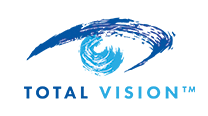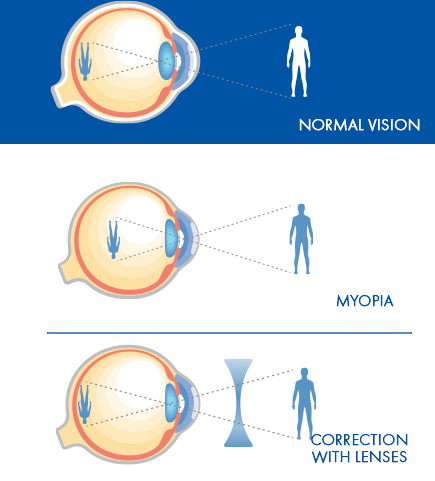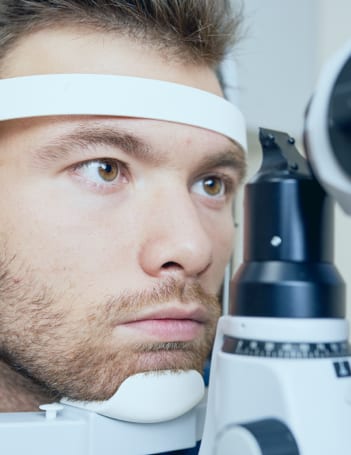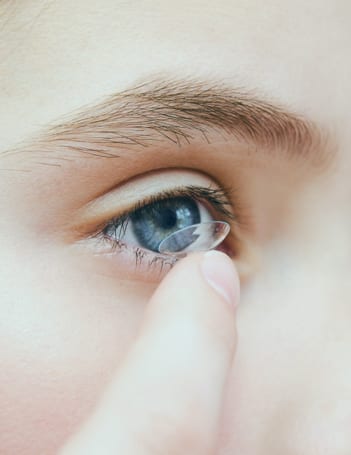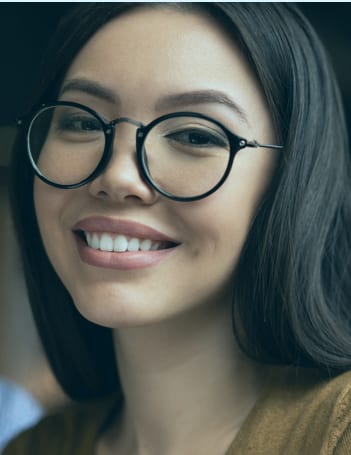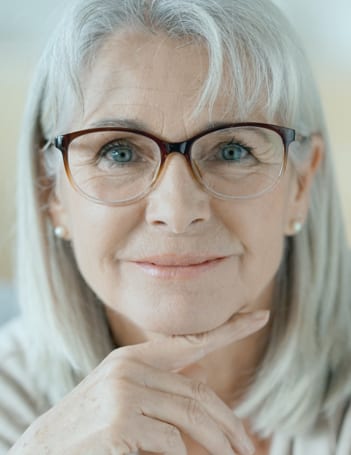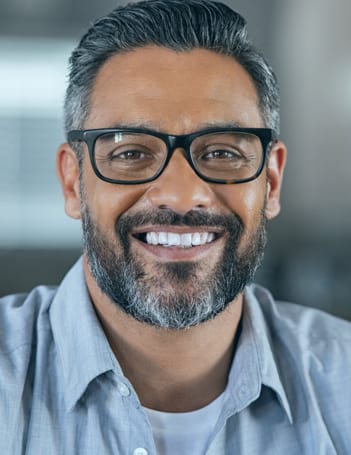The Impact of Myopia in Children
Myopia’s impact extends beyond blurry vision. It can affect a child’s academic performance, participation in sports, and overall quality of life.
As nearsightedness progresses, the risk of developing serious eye conditions later in life increases. Therefore, early detection and management are essential to protecting long-term vision health.
Myopia in Children
Studies show that nearsightedness is becoming more common. When children have trouble with their eyesight, it can impact their daily life, including reading from a distance, seeing the whiteboard at school, and participating in sports and other activities.
Some causes of nearsightedness can include:
- Genetics: Factors such as ethnicity, gender, and family history can increase the risk of developing myopia.
- Lifestyle: Excessive near-work activities like prolonged reading or digital device use, along with insufficient outdoor time, contribute to myopia progression.
Since myopia can’t be reversed at this time, treatment aims to prevent it from worsening
Myopia Solutions: What You Can Do
Fortunately, there are several effective strategies to manage and slow the progression of nearsightedness. Here are some solutions that can make a significant difference:
- Prescription glasses or contact lenses designed for myopia control
- Orthokeratology (ortho-k)
- Atropine eye drops
- Lifestyle adjustments
- Regular eye exams
